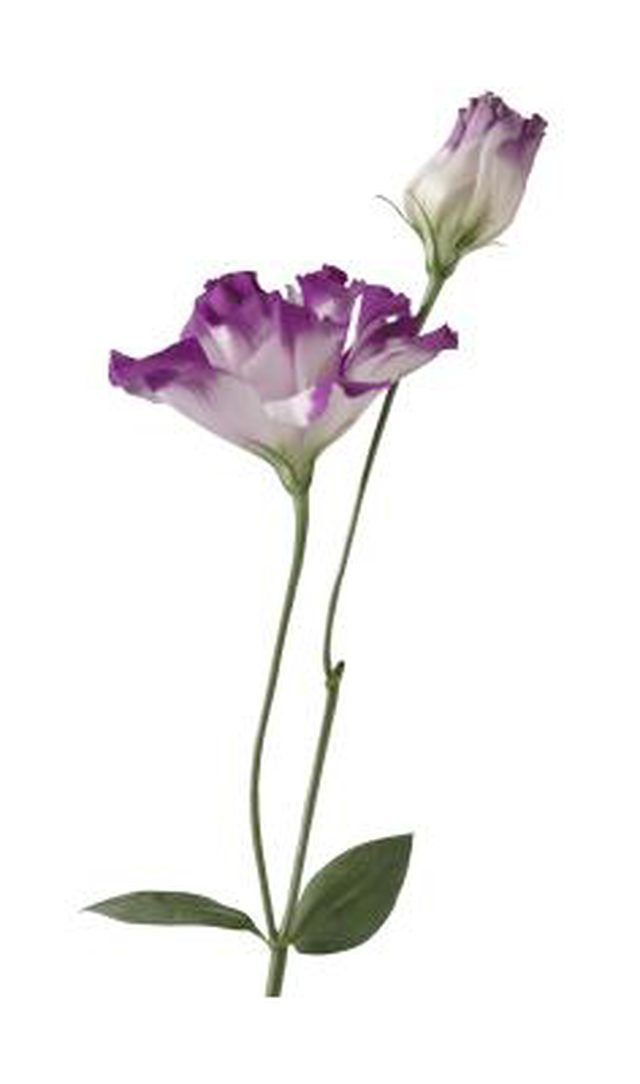Bulbs
Flower Basics
Flower Beds & Specialty Gardens
Flower Garden
Garden Furniture
Garden Gnomes
Garden Seeds
Garden Sheds
Garden Statues
Garden Tools & Supplies
Gardening Basics
Green & Organic
Groundcovers & Vines
Growing Annuals
Growing Basil
Growing Beans
Growing Berries
Growing Blueberries
Growing Cactus
Growing Corn
Growing Cotton
Growing Edibles
Growing Flowers
Growing Garlic
Growing Grapes
Growing Grass
Growing Herbs
Growing Jasmine
Growing Mint
Growing Mushrooms
Orchids
Growing Peanuts
Growing Perennials
Growing Plants
Growing Rosemary
Growing Roses
Growing Strawberries
Growing Sunflowers
Growing Thyme
Growing Tomatoes
Growing Tulips
Growing Vegetables
Herb Basics
Herb Garden
Indoor Growing
Landscaping Basics
Landscaping Patios
Landscaping Plants
Landscaping Shrubs
Landscaping Trees
Landscaping Walks & Pathways
Lawn Basics
Lawn Maintenance
Lawn Mowers
Lawn Ornaments
Lawn Planting
Lawn Tools
Outdoor Growing
Overall Landscape Planning
Pests, Weeds & Problems
Plant Basics
Rock Garden
Rose Garden
Shrubs
Soil
Specialty Gardens
Trees
Vegetable Garden
Yard Maintenance
Care Instructions for a Lisianthus Plant
Care Instructions for a Lisianthus Plant. Lisianthus is a wildflower that has large, long-lasting single or double flowers that resemble roses. Native to western prairie states and botanically known as Eustoma grandiflorum, it is a short-lived perennial often grown as an annual.

Lisianthus is a wildflower that has large, long-lasting single or double flowers that resemble roses. Native to western prairie states and botanically known as Eustoma grandiflorum, it is a short-lived perennial often grown as an annual.
Planting Location
Plant lisianthus in full sun or light shade. The flowers can be grown in the ground or in containers.
Soil Requirements
Lisianthus requires excellent drainage and soil pH between 6.5 and 7.0. According to the University of Arkansas, overly acidic conditions cause slow growth in lisianthus. Use a light potting soil with added pumice or perlite for container-grown plants.
Watering
Water lisianthus when the top 2 inches of soil have dried during the active growth period in spring and summer. Don't water once the weather cools and the plant stops flowering, as lisianthus requires dry winters.
Pruning
Michigan State University Extension suggests pinching lisianthus flowers back when they fade to encourage branching and re-blooming.
Staking
Prevent taller varieties of lisianthus from falling over when they bloom by staking plants before flowering occurs.